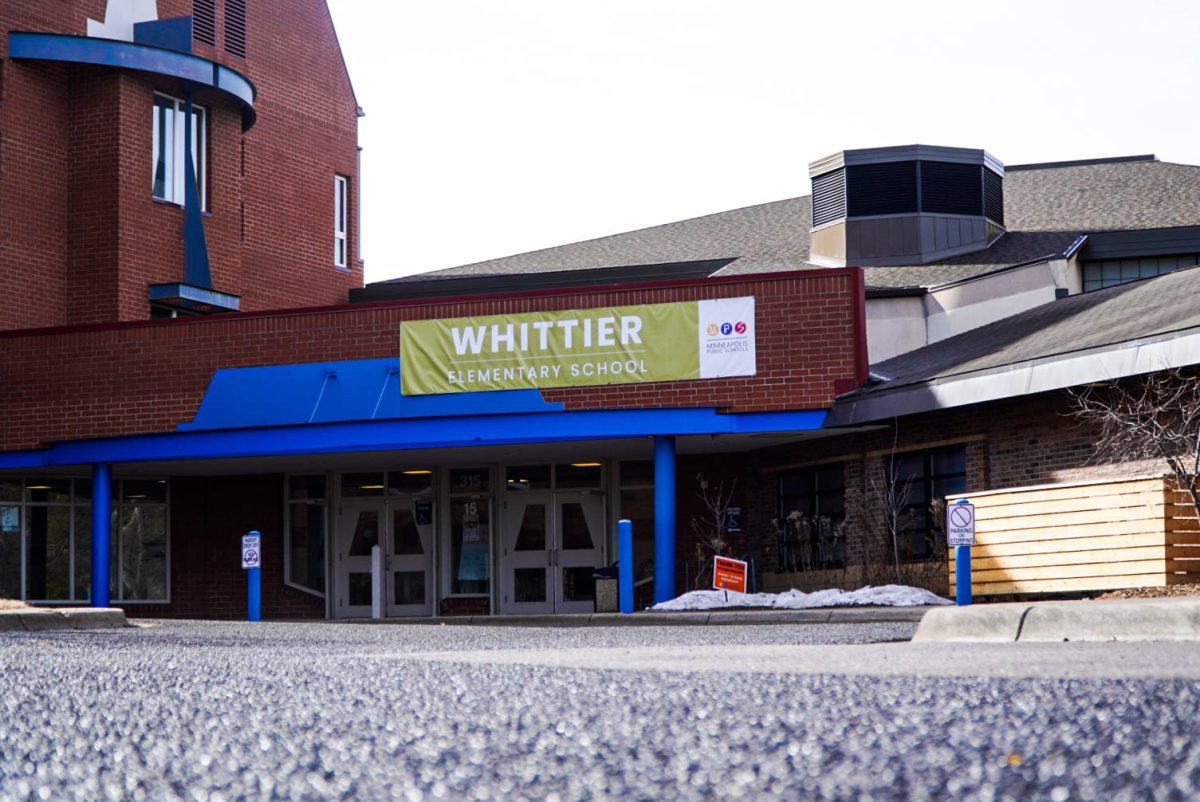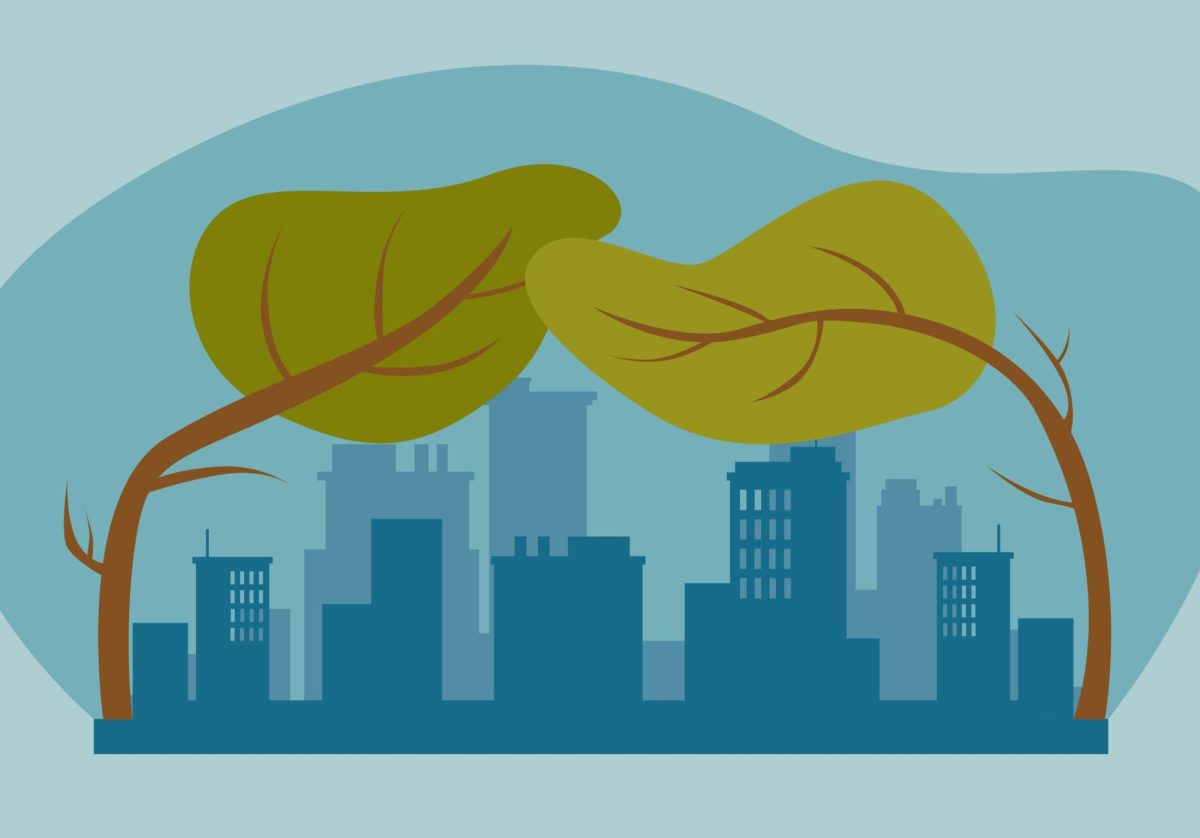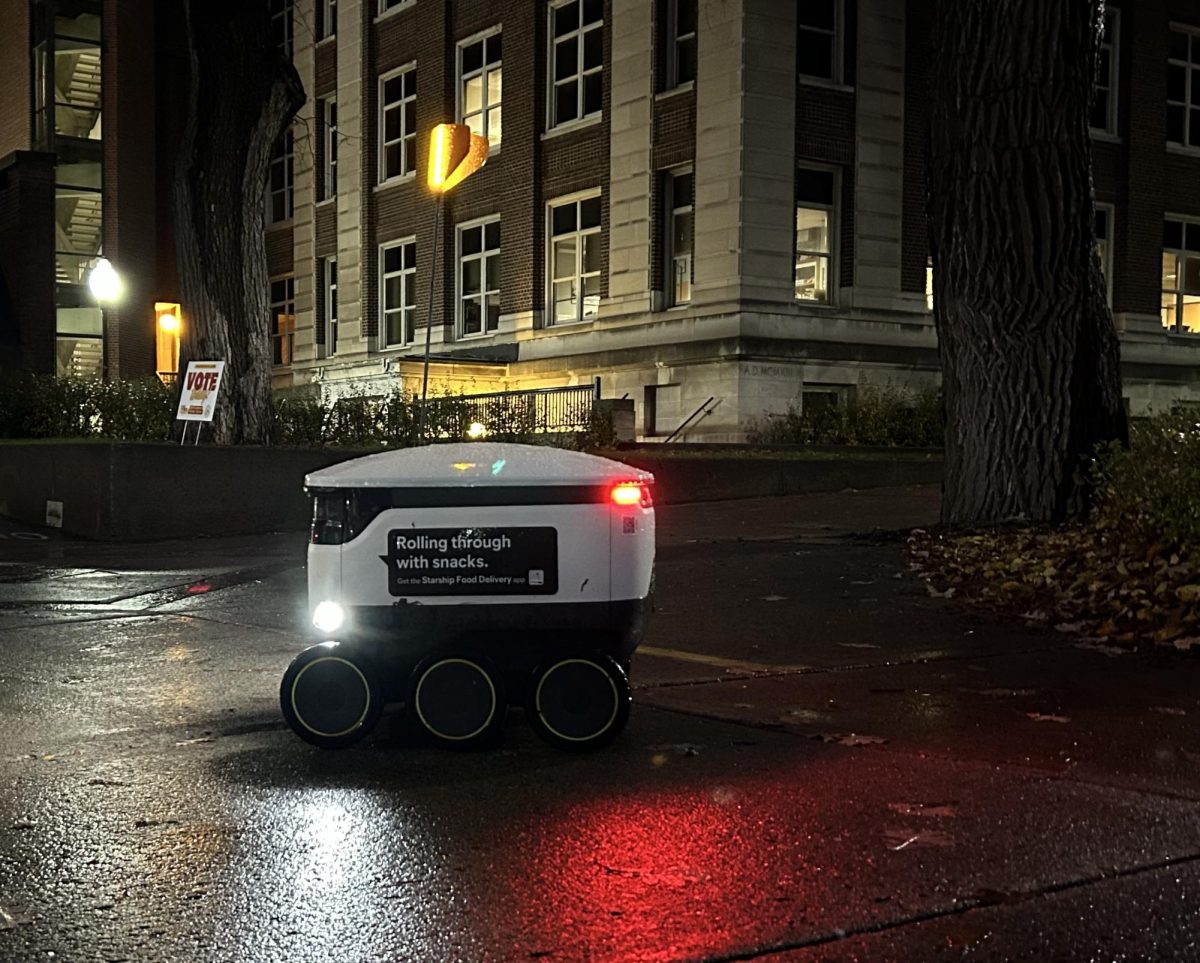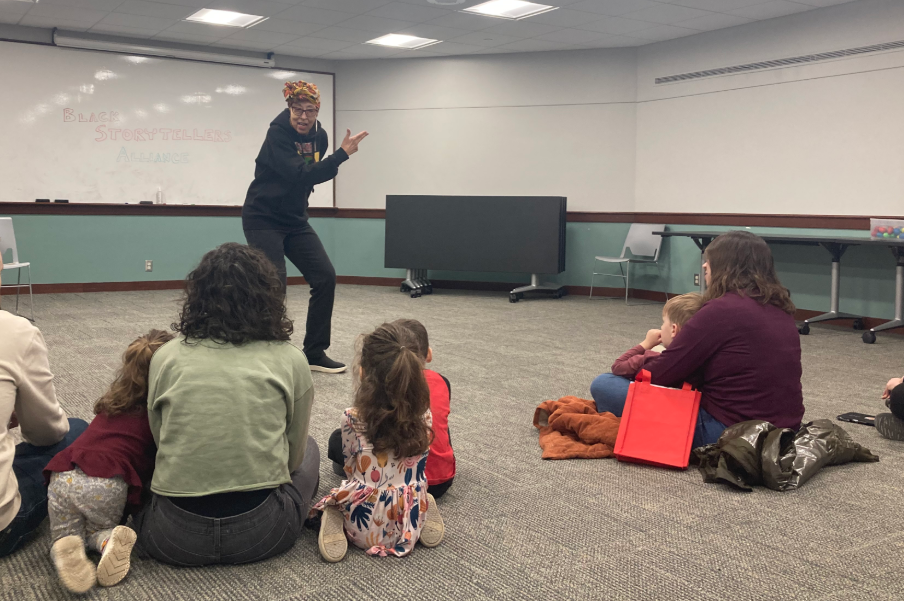High school seniors in Minnesota could be automatically enrolled into public colleges and universities if Gov. Tim Walz’s office proposed direct-admissions program passes before lawmakers this legislative session.
The program is a partnership between the Minnesota Office of Higher Education (OHE), select institutions and K-12 schools. It aims to increase access to higher education across the state by combating racial equity gaps in education and lack of understanding of the college enrollment process among immigrant and first-generation students.
“It’s so much harder to opt into something than it is to opt out,” said Thomas Sanford, assistant director of operations at OHE. “What we are doing … is proactively reaching out to [students] on the front end and try to remove as many of those barriers as possible and expand opportunities that they may have without even knowing it.”
The seniors would still have to meet “approved benchmarks,” such as grade point average, to be automatically accepted to the select institutions and they would still go through the application process. However, the students would have a spot reserved for them at the institutions they qualified for while they went through the process.
The University of Minnesota is not yet involved in the governor’s proposal, but it is likely they will be part of the further conversations should the program pass.
The University has also set forth a goal to increase the percentage of Minnesota high school graduates entering University campuses as first-year students as part of the MPact 2025 systemwide strategic plan.
Several states have adopted similar programs at their colleges and universities, many that share goals with the OHE proposal.
The Idaho State Board of Education started a direct admissions program in 2015 where students received acceptance letters automatically based on grade point average and college entrance exam scores.
Overall, Idaho saw an 11% increase in enrollment statewide in the program’s first three years.
The board also found that three years after the program’s implementation, “nonwhite students who received the letter admitting them to all eight of Idaho’s postsecondary institutions actually enrolled in college at higher rates than white students who received a similar letter.”
Additionally, 45% of those students whose parents did not graduate from high school said the letter had a positive impact on their decision to enroll.
Gaps caused by historical inequalities such as racial oppression and immigrant oppression especially factor into why this program is so important for Black, Indigenous and high school students of color and their families, according to Sanford and Nekey Oliver, the grants and government relations manager at OHE.
“There are percentage point gaps … not to say that white is the benchmark, but there’s that [race] gap and there’s similar gaps,” Oliver said. “There’s already so much in the way for students to be successful. So if we can take one of those hurdles away, we want to do that.”
The governor’s proposed program will likely be voted on by the end of the legislative session in May 2021.
“In the grand scheme of things, it’s a small thing we can do to change processes and things that have been happening that have been considered roadblocks for the students,” Oliver said. “It’s important to make these pathways as easy as possible for students to navigate.”














CapnRusty
Feb 16, 2021 at 2:31 pm
If it’s too difficult for the aspiring academic to enroll in college, perhaps he or she should consider a less-challenging career.
Rusty
Feb 16, 2021 at 10:03 am
To do what. get a degree and because of slack employment opportunities stay at home with the parents?
Tim Walz should be talking about Jobs and nothing else.